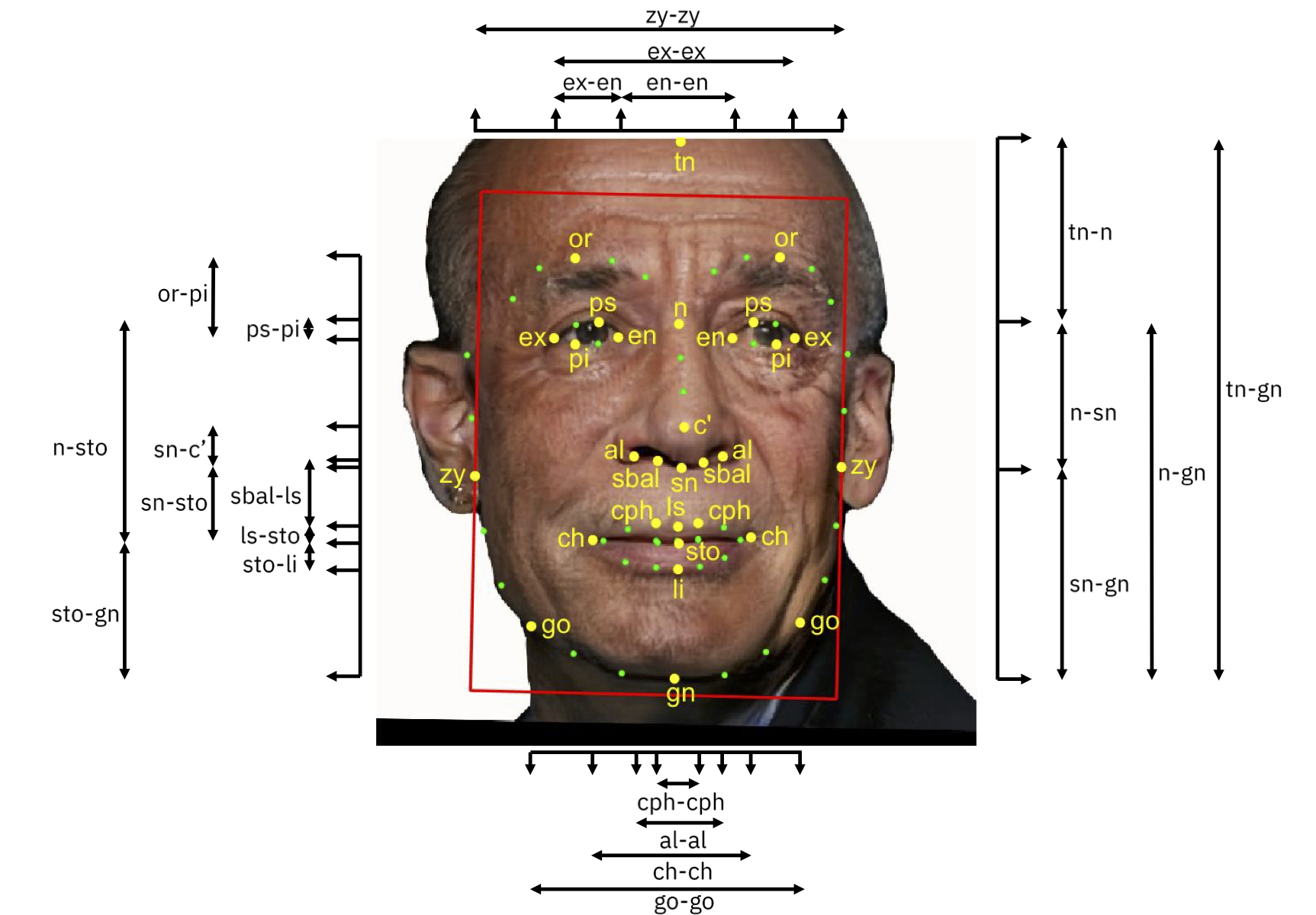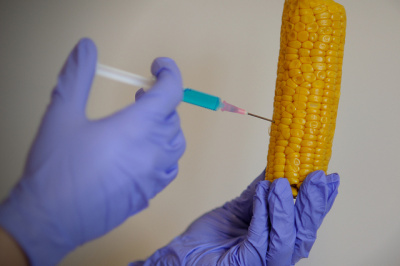Actualités
UPOV : Indeed, new GMOs can be accurately identified

Companies are claiming all around the world that nobody is able to differentiate between their new GMOs and plants that have acquired the same targeted mutation naturally or through traditional breeding methods. But a contrario they claim to be able to accurately characterize their own plant varieties by genetic tools, as evidenced by the work performed at the International Union for the Protection of New Varieties of Plants (UPOV). Fortunately, the same methods and tools are usable to differentiate new GMOs from non-GM plants, provided a political will exists to roll out the appropriate protocols.
Are seed companies currently trying to convince people that one of their hand does not know what their other hand is able to do? The question currently arises. Companies are claiming that the new GMOs are indistinguishable from plants that can be obtained through traditional breeding or that “Nature” produced. In support of their assertion, some “scientific voices” such as those of the German, Dutch and Swiss committees of experts, who, drawing on thirty years of evaluating modern biotechnology and accumulated experiences, stated that “products created with genome-editing techniques (…) cannot be differentiated from products with natural mutations or those obtained by radiation or with chemicals”. Yet, such an ability of differentiation is indeed reclaimed by these companies when they need to identify their varieties in order to defend their industrial property rights.
Plant varieties characterized by their “biochemical and molecular markers”
On November 1, 2019, the Council of UPOV adopted a document with a somewhat barbaric but meaningful title: “Guidance on the use of biochemical and molecular markers in the examination of distinctness, uniformity and stability (DUS)” [1]. In that document, UPOV provides “guidance on the use of biochemical and molecular markers in the examination” of the DUS of a variety.
Those molecular markers are genetic sequences so intrinsically characteristic of a variety that they provide an accurate signature of each variety. Like road signs, they correlate the presence of different sequences that confer one or another phenotypic trait. They are therefore organized to precisely describe, identify, distinguish and trace a plant variety.
Within the genome of a plant, such genetic sequences, which usually are used in large number, have been identified as statistically always linked to one or more particular phenotypic traits of the plant variety. Using one or several lists of such several small correlated sequences is therefore tantamount to constituting a “genetic fingerprint” of each variety, a type of ‘barcode’. Conducting genetic analyses in search for such markers in plant varieties allows to classify them into groups when these markers are observed to be homogeneous and stable in the several plants studied. If, in addition, these markers are found in one group of plants but not in another, they make it possible to differentiate each group such as varieties.
In its document, UPOV uses an instance familiar to Inf’OGM readers : a transgenic variety tolerant to a herbicide. A simple example because it is more easy to perceive that a transgene serves itself as a molecular marker as it was specifically introduced into a plant. But UPOV outlines that the marker can also be a genetic sequence located “outside” that transgene. It can therefore be a sequence that has unintentionally mutated during the insertion of the transgene and has thus become an unambiguous signature of the presence of the transgene. This kind of marker can thus be used as a characteristic of the presence of a transgene, and as of the modification of the plant or its parents by transgenesis, including when the “foreign gene” is no longer present, or finally as a characteristic of a mutation induced by one of the new mutagenesis techniques, including any in vitro manipulation.
The work of genetically characterizing a variety consists in drawing up a list of markers characteristic of that variety, thus establishing a “reference matrix”. When a plant is tested, it can be analysed at the genetic level for the presence of more or less markers, according to the goal and precision requested. Depending on the results of the presence, absence and combination of the different markers, the resulting matrix will identify the variety to which the plant belongs. Human fingerprints or facial recognition analyses are essentially based on the same principle of analysing 30, 40 or 100 characteristic points for concluding on the identity of the person under scrutiny.
Corn (maize) and its fingerprints
A presentation made at an UPOV meeting in October 2019 by the Beijing Academy of Agriculture and Forestry Sciences in China illuminates this point [2]. Markers have been chosen to unambiguously differentiate several maize varieties. Such markers belong to two generic types: either genetic short-sequence repeats (SSRs) or single nucleotide variant (SNPs) usually used for differentiating two organisms. To develop an accurate analytical kit, Chinese scientists focused their detection onto SNPs in a characteristic combination. They finally developed a plastic plate to precisely detect the presence or absence of each of the previously selected SNPs. This “Maize6H-60K” plate allows identifying the combined markers of 400 Chinese and foreign maize inbred lines. For Chinese scientists, it is the first “chip […] for maize variety identification, IP confirmation and molecular breeding in China”.
During the same meeting, the International Seed Testing Association (ISTA), an organization of seed testing laboratories – including testing laboratories from companies such as Monsanto, BASF and Syngenta – shared a protocol for variety identification indeed based on DNA analysis [3]. This protocol still being consolidated, required the appropriate selection of a markers’ set per variety, the selection of commercial varieties as reference material, then the evaluation of the (statistical) power of those markers’ analyses chosen to precisely discriminate between the reference varieties and finally an inter-laboratory confirmation of the method (organized as usual for the inter-laboratory tests used for the validation of detection methods of transgenic GMOs) [4]. ISTA explained to UPOV members that such a protocol has led to the development of a method validated in 2017 to identify and verify maize varieties, based on a set of SSR markers [5]. ISTA also announced to be currently working on a similar protocol for wheat. Having already received breeders’ agreement to use their varieties, a “reference matrix will be obtained by running those varieties with the marker set selected for wheat”. Oats, barley and peas are among the next plants to be involved. ISTA finally specifies, a way to point out that such DNA analyses are mastered since a long time, that these “DNA-based techniques are [those already] developed and used by breeding companies and seed companies. [They are] available for seed testing, already used in many laboratories, in many countries”.
Finally, an International Organization for Standardization (ISO) technical group already adopted in 2015 standards to analyse the molecular fingerprints of maize and sunflower in order to verify the identity of varieties [6]. Two norms using such “Horizontal methods for molecular biomarker analysis” were standardized by the committee that previously published the norms currently used to detect transgenic GMOs [7].
With UPOV in the process of validating the use of genetic sequences “markers” of phenotypic traits to characterize the varieties in its reference collections, the question therefore arises as to determine why plants modified through new mutagenesis techniques could not be characterized in the same way with more or less specific and generic molecular markers. A few salient points, the term “reference matrix” used by ISTA in its presentation denotes the same concept as the “matrix approach” already in use for the GMOs’ identification [8]. Several articles have already indicated that SSR and SNP are some of the genetic and generic markers that have been used for a long time in plant breeding and identification for which moreover online servers are already available [9]. In other words, an appropriate knowledge and organizations of genetic, be there specific or generic, sequences can be used as markers or signatures is definitely not new…
The modern biotechnology case
When asserting that natural mutations for example and those obtained by new GMO techniques cannot be differentiated neglects – voluntarily? – the unintended effects that necessarily result from each stage of the implementing protocol of a new technique [10]. Once characterized, these unintended effects, such as mutations and epimutations, can be used as molecular markers, like the UPOV SNPs.
At the beginning of October 2019, this subject was rightly discussed by the European experts on detection and traceability of the ENGL network [11]. In a presentation entitled “Next-Generation Sequencing applied to GMO detection”, it was pointed out that “it is impossible to distinguish for SNVs [variation of a single nucleotide] between a mutation introduced by ’genome editing’ and a naturally occurring mutation, but that accessory information [editor’s note, obtained by sequencing for example] such as somatic mutations may be collected on a global scale to differentiate between the two cases”. In other words, differentiating a plant obtained by a new mutagenesis technique from a plant resulting from a natural mutation (i.e. between a GM plant and a non-GM plant) is technically feasible provided there is a political will and the financial means to perform the proof of concept. Particularly when the presentation continues with the statement that “deep analysis of mutations with low-error rate sequencing could provide approaches for comprehensive fingerprinting […] mutations occurring […] as a result of the transformation process might be exploited for unique fingerprinting of authorized events”.
As already stated [12], it is therefore clear that there is no technical obstacle to the use of genetic and epigenetic markers organized in a matrix approach to differentiate new GMOs from plants with one or more mutations obtained through conventional breeding or a ‘natural’ mutation. The still pending question is about the political will to either establish the reference systems enabling the enforcement services to detect and differentiate these new GMOs or, on the contrary, to amend the European legislation in order to consider only transgenic GMOs.
[1] Guidance on the use of biochemical and molecular markers in the examination of distinctness, uniformity and stability (DUS) http://www.upov.int/edocs/tgpdocs/en/tgp_15.pdf
[4] European Network of GMO Laboratories (ENGL) (2015). “Definition of minimum performance requirements for analytical methods of GMO testing”. In JRC Technical Report, pp. 24 pp.
[5] Rule 8.10.3 of the « International Rules for Seed Testing », available for buying at http://www.ingentaconnect.com/content/ista/rules/2020/00002020/00000001
[6] Standards ISO/TR 17623:2015 and ISO/TR 17622:2015
[8] Bertheau, Y. (2019). “New Breeding Techniques : detection and identification of the techniques and derived products”. In Encyclopedia of Food Chemistry Reference Module in Food Science, L. Melton, F. Shahidi, and P. Varelis, eds. (Oxford : Academic Press), pp. 320-336.
[9] See for example : « Use of SSR markers to complement tests of distinctiveness, uniformity, and stability (DUS) of pepper (Capsicum annuum L.) varieties », Kwon, Y.-S. et al. (2005), Molecules and cells 19, 428-435 ;
« Plant variety and cultivar identification : advances and prospects », Korir, N.K. et al. (2013), Critical Reviews in Biotechnology 33, 111-125.
« Development of model web-server for crop variety identification using throughput SNP genotyping data », Singh, R. et al. (2019), Scientific Reports 9, 5122.
[10] see also and
[11] Report of the ENGL meeting on the 1 and 2 October 2019.













